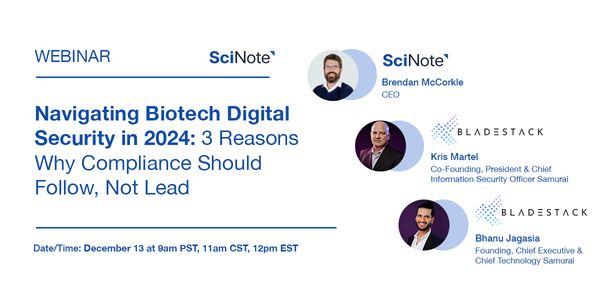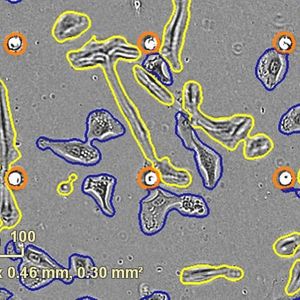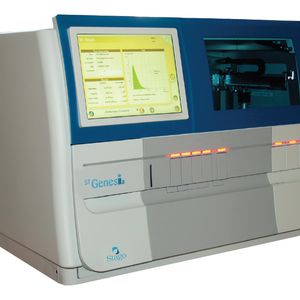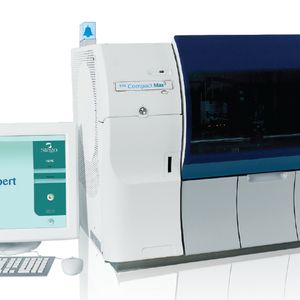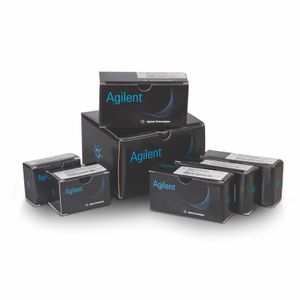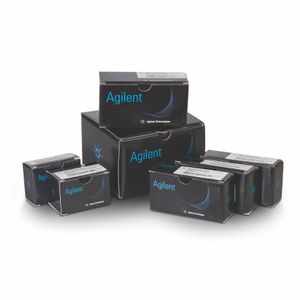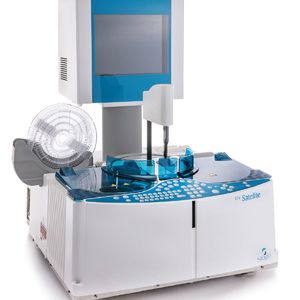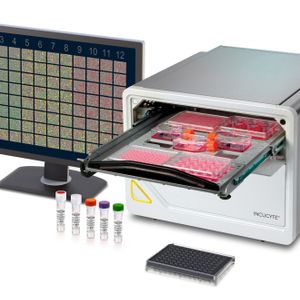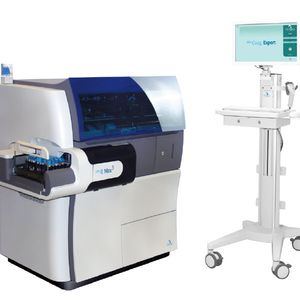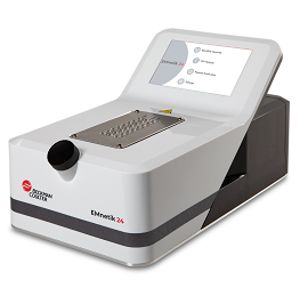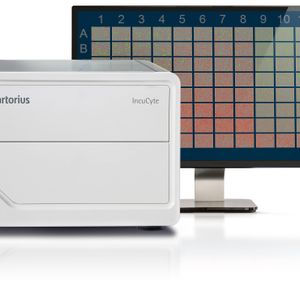Neuroscience Webinars
Learn from the latest webinars about newly released neuroscience research and advances in experimental techniques. Topics include research news in neuroscience, neurology, psychology, brain science and cognitive sciences.
Show More
-
On DemandC.E. CREDITSMany nonhuman primate species show sex differences in behavior, which suggests that there may also be sex differences in brain organization. In order to better understand the evolution of se...
-
On DemandThe Brain Behavior Quantification and Synchronization (BBQS) program is a basic research effort in the NIH BRAIN Initiative to develop new tools and approaches in support of a more comprehen...
-
On DemandC.E. CREDITSThis talk will present the methodology of using the guided ultrasonic waves generated by the rodent to track its physiology, behavior, and psychological state. When behaving in an environmen...
-
On DemandC.E. CREDITSWe are developing the three-banded panther worm Hofstenia miamia as a new model system for neuroscience. Hofstenia is a rare, lab-tractable member of a lineage of early-branching marine inve...
-
On DemandC.E. CREDITSThe study of psychopathology is changing with the advent and pervasive use of smartphones, wearables, and connected devices together with significant advances in brain imaging. These new ave...
-
On DemandC.E. CREDITSA central goal for neuroscience is to understand how our brains process information in real life, such as faces during natural social interactions. While we have gained important knowledge u...
-
On DemandC.E. CREDITSThe ability to record every spike from every neuron in a behaving animal is one of the holy grails of neuroscience. Here, Alison Hanson discusses a collaborative effort aimed at coming one s...
-
On DemandC.E. CREDITSBehaving animals continually reconcile the internal states of their neural circuits brain-wide with incoming sensory and environmental evidence to evaluate when and how to act. The brains of...
-
On DemandC.E. CREDITSTo make movement and foraging decisions in a naturalistic environment, multiple neural populations must work synergistically to produce successful actions. These decisions span multiple scal...
-
On DemandC.E. CREDITSVirginia will discuss work on single-trial analysis of EEG signals during episodic memory tasks. They develop single-trial classifiers to predict whether people will remember pictures from E...
-
On DemandC.E. CREDITSIndividuals with substance use disorders often show impaired sensitivity to reward value. However, it is not clear whether such impairment impacts reward-related decision making and whether...
-
On DemandC.E. CREDITSStudying motor behaviors can reveal fundamental principles of the brain and mind. This presentation focuses on our work towards developing the hardware and computational tools that will allo...
-
On DemandWith the internet, society has been exposed to puzzling and exquisite animal behavior, while neuroscience has vastly concentrated on a few inbred animal models studied in trained unnatural s...
-
On DemandC.E. CREDITSA core goal of neuroscience is to understand how the brain adaptively orchestrates movements to execute complex behaviors. Quantifying behavioral dynamics, however, has historically been pro...
-
On DemandC.E. CREDITSHow do the cognitive and physiological traits of individuals translate into real-world group dynamics? There is an empirical and theoretical gap between understanding individual-level proces...
-
On DemandC.E. CREDITSSocial animals congregate in groups and communicate with vocalizations. To study the dynamics of natural vocal communication and their neural basis, one must characterize signals used for co...
-
On DemandC.E. CREDITSTransdisciplinary knowledge producing teams (TDKPTs) dedicate their efforts to solving wicked problems. Successful TDKPTs embody characteristics of complex adaptive systems (CAS) and exempli...
-
On DemandC.E. CREDITSRobots are useful tools for studying the nervous system and its control of body mechanics because they can be used to perform experiments that would be difficult to perform with an animal. F...
-
On DemandC.E. CREDITSSocial interactions are essential for the survival of social animals. Across species the medial prefrontal cortex (mPFC) has been identified as a hub of social cognition. In mouse models we...
-
On DemandC.E. CREDITSInfant motor development is measured clinically using short, subjective, observational scales. While these scales are useful, they have limitations. They provide us with a “snapshot&rd...
-
On DemandC.E. CREDITSDrug discovery programs require a robust panel of models and assays to identify and validate drug targets, support compound optimisation, and run mechanistic studies. Fully human in vitro mo...
-
On DemandC.E. CREDITSDBS for obsessive-compulsive disorder (OCD) achieves clinical benefit in 66% of treatment-resistant patients. However, there is still a lack of a fundamental understanding of the neurophysio...
-
On DemandC.E. CREDITSProtein misfolding and aggregation are key features observed in numerous neurodegenerative conditions, such as Alzheimer's and Parkinson's disease. The oligomers formed during the ag...
-
FEB 28, 2024 | 8:00 AMMicroscopy involves the study of organisms too small to see with the naked eye, magnifying the small worlds within our own so we can study and understand these samples. Organs, tissues and c...
-
FEB 08, 2024 | 10:00 AMHigh-content screening (HCS) is an imaging-based, multi-parametric strategy used in drug development that generates rich datasets through multiplexing strategically chosen fluorescent dyes a...
-
JAN 31, 2024 | 8:00 AMQuantum Imaging is a new and developing field that involves the application of quantum physics phenomena to develop new imaging technologies and methodologies for scientific research. We are...
-
DEC 13, 2023 | 9:00 AMThe quest for digital excellence in today’s biotech research laboratories demands modern software acquisition, robust protection protocols, and a keen eye on evolving security requirem...


























